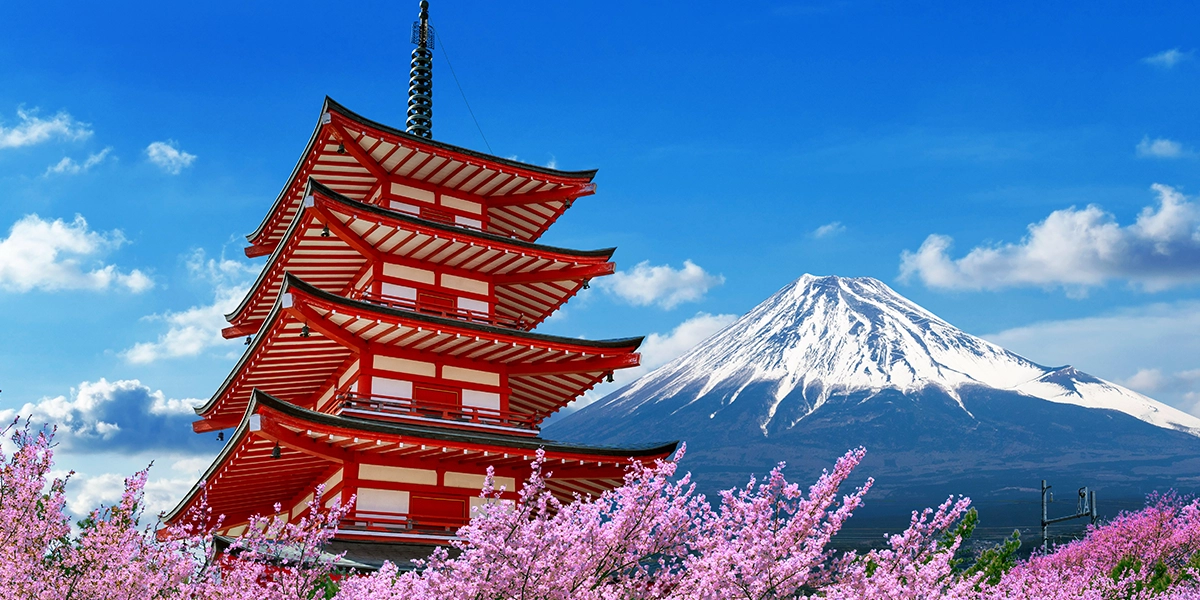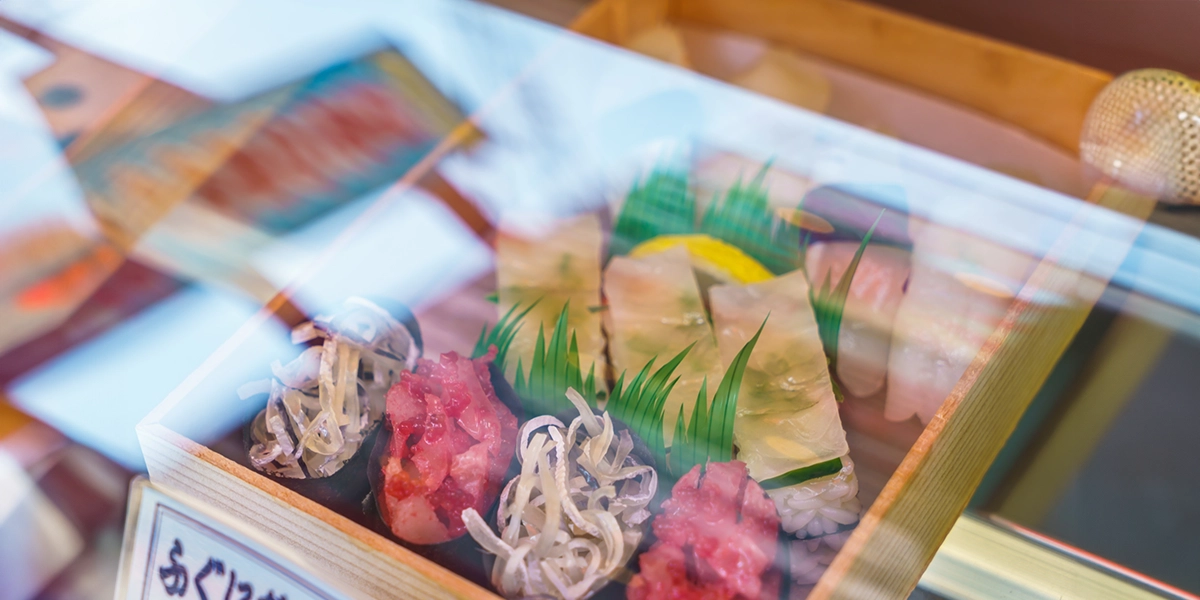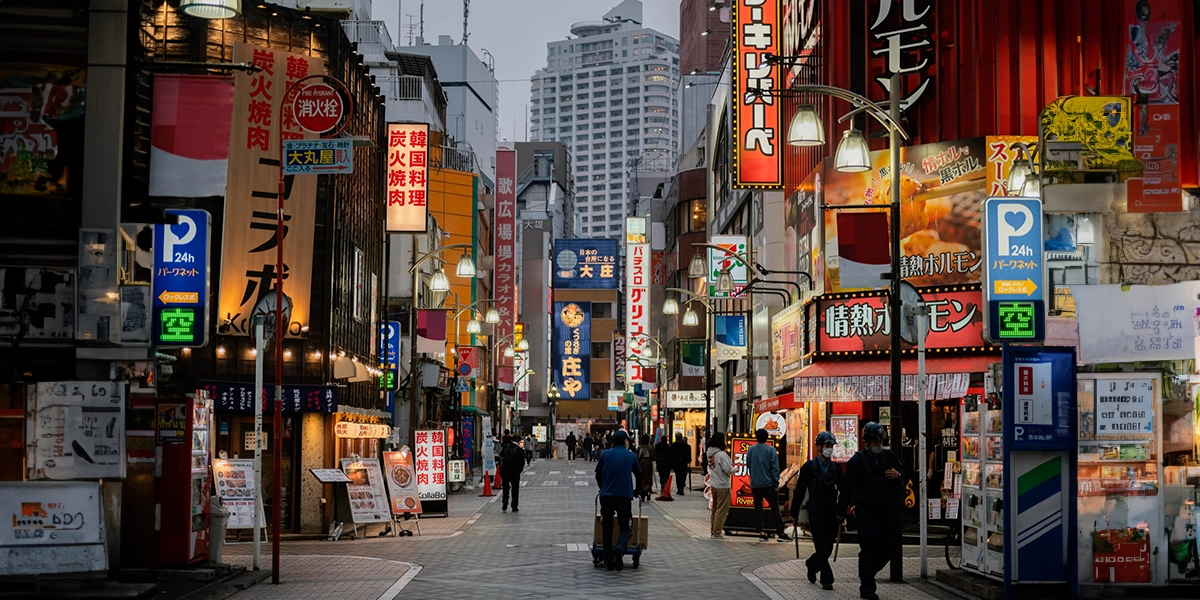Oman, located in the southeast corner of the Arabian Peninsula, is a fascinating country with a rich history and stunning natural beauty. Here, we present 10 curious facts about Oman that will surely surprise you.
1. The Sultanate of Oman
With a history dating back over 3,000 years, Oman is one of the oldest and culturally richest countries in the Arab world.
Since ancient times, Oman has played a crucial role in trade and the culture of its region. Its strategic location, along historical trade routes, has contributed to the flourishing of civilizations and has left an indelible mark on its identity.
The Sultanate has withstood the test of time, keeping its heritage and traditions alive throughout the centuries. Omanis have proudly preserved their customs, from craftsmanship and music to architecture, creating a cultural mosaic that reflects the richness of their past.
2. The Frankincense of Dhofar
In the Dhofar region, lies an aromatic treasure that has woven its fragrance into the country's history: frankincense. Oman has been a significant producer and exporter of this precious resin for centuries.
Dhofar is home to Boswellia sacra, the frankincense tree, which produces the highly valued resin. The process of collecting is laborious and requires skills passed down from generation to generation. Collectors make precise incisions in the tree's bark, allowing the resin to flow and harden before being carefully harvested.
The frankincense of Dhofar has also played a crucial role in spiritual and religious practices. Its burning is commonly associated with religious ceremonies and moments of meditation, creating a sacred atmosphere.

3. The Nizwa Fort
It is an architecture that has withstood the test of time and stands as an unwavering witness to the rich history of this country. This fort is also a gateway to bygone eras that played a crucial role in Oman's defense and cultural development.
Built in the 17th century, the Nizwa Fort stands on the foundations of older defensive structures. Its strategic location at the crossroads of trade routes and in the heart of the country made it a key bastion for the control and management of the region.
The imposing central tower, with its thick adobe and stone walls, stands out as a feat of defensive engineering. The fort also houses a mosque and a series of rooms and corridors.
4. The Tree of Life
Located near the city of Jebel Qurma, this solitary tree stands as a symbol of resilience in an apparently inhospitable environment. And it should be a place on your list to visit in your school trip to Oman.
The Tree of Life is a lone specimen of Prosopis cineraria, locally known as "ghaf." This hardy tree, with its outspread branches and small leaves, defies the extreme conditions of the desert. Its ability to survive in such a challenging environment has led to the ghaf being considered a symbol of life and resilience in Oman.
The lack of clear explanations on how this tree has managed to thrive has given rise to local legends attributing its survival to hidden underground water sources or even mystical connections.

5. Wadi Shab
Wadi Shab means"Canyon between the Rocks" in Arabic. It’s a hidden oasis that combines the rocky cliffs with the serenity of crystal-clear waters. As visitors venture into this spectacular gorge, they encounter a visual symphony of colors: the canyon walls, varying in earthy tones, contrast with the turquoise waters of the river.
As adventurers progress in their journey, they reach the hidden pools of Wadi Shab, which invite visitors to immerse themselves and enjoy a refreshing swim amid a stunning natural environment.
The unique flora and fauna of the region, adapted to life in desert and river environments, add a special touch to this natural wonder.
6. The Omani Rial
The history of the Omani rial dates back to the 1970s, when it replaced the Saidi rial. Since then, it has been the monetary unit facilitating daily transactions and contributing to the strength of the economy.
Their coins and banknotes often feature cultural elements such as Omani forts, traditional boats, and local fauna.
The Omani rial comes in various denominations, from fractional coins to higher-value banknotes. This diversity facilitates daily transactions and contributes to the efficiency of the financial system.
7. The Omani Hospitality
Omani hospitality stands out as a distinctive trait that has gained worldwide renown. More than a kind gesture, hospitality in Oman is an ancient art practiced with generosity and sincerity, leaving an indelible mark on those fortunate enough to experience it.
Omanis are known for their willingness to open their homes to friends and strangers alike. The idea of sharing the table and space is an expression of cultural richness and connection.
Food plays a central role. Hosts take great care in offering their guests a variety of local dishes, ranging from traditional sweets to more elaborate meals.

8. Desert and Sea, simultaneously
If you are planning a school trip to Oman, you must visit the desert of Rub al-Jali, also known as the "Empty Quarter." This desert, stretching along the border with Saudi Arabia, is a spectacle of undulating dunes and landscapes that defy the scale of time.
In contrast to the vastness, Oman's beaches offer a refuge of serenity and natural beauty. The Omani coast stretches along the Arabian Sea and the Sea of Oman, giving visitors golden sands and crystal-clear waters. Beaches like Yiti and Qurum are popular destinations for those seeking relaxation.
9. The Grand Canyon of Arabia
Jabal Shams, translated as the "Mountain of the Sun," is the highest point in the Al Hajar Mountains and is home to the Grand Canyon of Arabia.
The imposing gorge cuts through the rocky plateau, creating a landscape of canyons, cliffs, and terraces that stretches for kilometers.
At the foot of Jabal Shams are the charming villages of Al Hamra and Misfat Al Abriyeen. Al Hamra, with its adobe houses and cobbled streets, is a window to the past, offering an authentic glimpse of mountain life. Misfat Al Abriyeen, a terraced village, stands out for its traditional irrigation systems and serene atmosphere.
10. Muscat, a capital with ancient history and culture
Muscat is a city that blends the richness of its cultural heritage with the modernity characterizing the Sultanate in the 21st century. With its distinctive architecture, traditional markets, and a coastline, Muscat stands as a unique destination.
Muscat distinguishes itself with unique architecture, where modern buildings coexist with traditional structures. The Royal Palace of Al Alam, with its golden columns and arches, is an emblem of the city's architecture and serves as the ceremonial residence of the sultan.
The districts of Qurum and Al Mouj represent the modernity of Muscat, with elegant malls, international restaurants, and luxury hotels.







